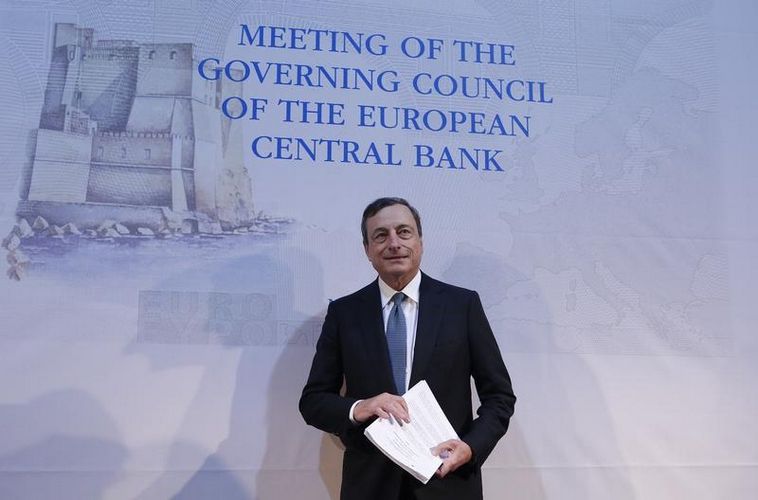While the ECB does not have a FX target and has signed up to the G20 statement, Mario Draghi reiterated that:
1) it is important for price stability and growth as well as
2) an outcome of different business cycles and diverging monetary paths.
Previously, Draghi has highlighted the disinflation impact of the 10% EUR appreciation since mid-2012. The EUR remains some 5% above its mid-2012 level, so there is still some distance to go before the appreciation is reversed.
In fact, the amount of EUR depreciation required might be greater than 5% given that currency weakness is being offset by sliding energy prices s well and food prices.
The latest inflation data highlight how the benefit of EUR weakness is being diluted by lower energy prices.
In the latest inflation data, energy prices were down 2.4% yr/yr vs 2.0% yr/yr in August. The ECB has told us that 80% of the 2 percentage point drop in inflation since 2012 was due to lower food and energy prices.
Draghi’s focus on diverging monetary policy paths is deliberate as it highlights that EUR weakness is based on fundamentals, fitting with the G20 script.
If and when Draghi starts to quote from the G20 script on exchange rates – “avoid persistent exchange rate misalignments and refrain from competitive devaluation of currencies” – then we can assume the ECB does not see further EUR weakness as an advantage.
Until the lowflation trend shows signs of turning around, the ECB will remain biased toward accepting further currency weakness and a EUR/USD overshoot below US$1.20 can’t be ruled out.
